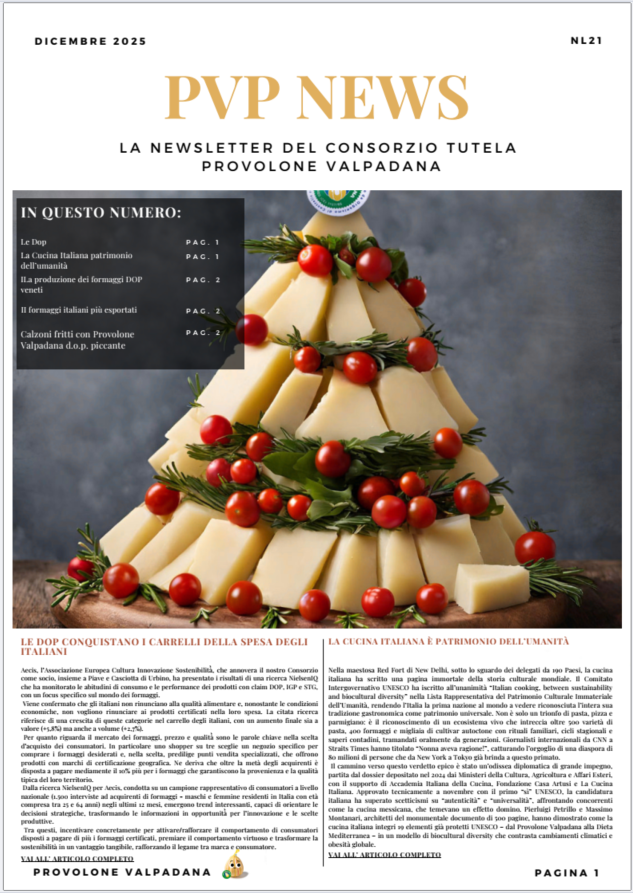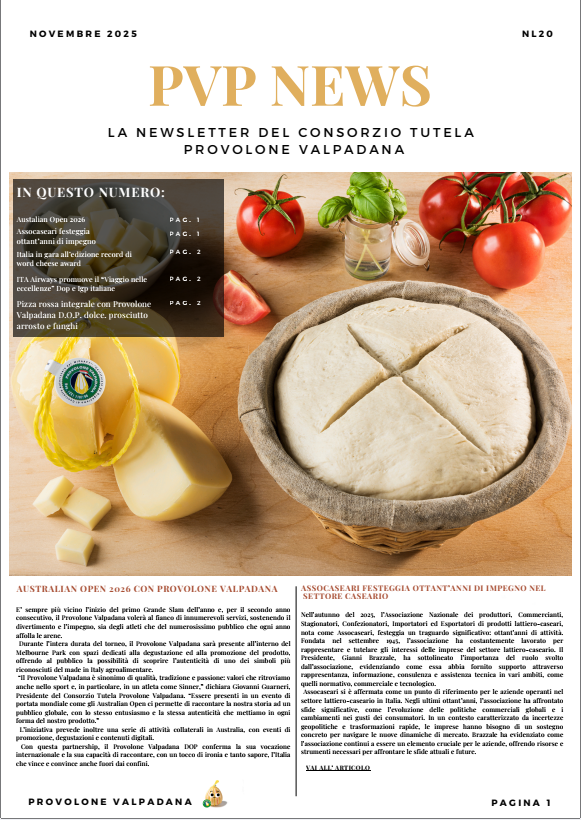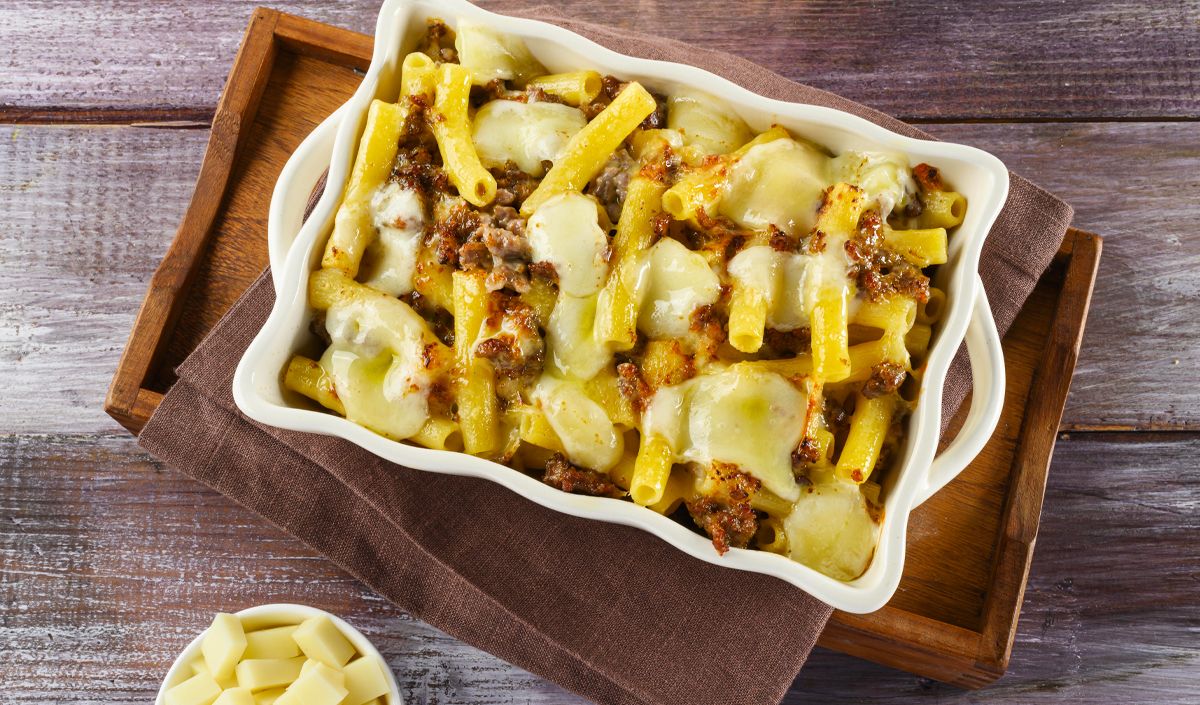How to cut and store cheese
How to cut and preserve cheeses: advice from Provolone Valpadana
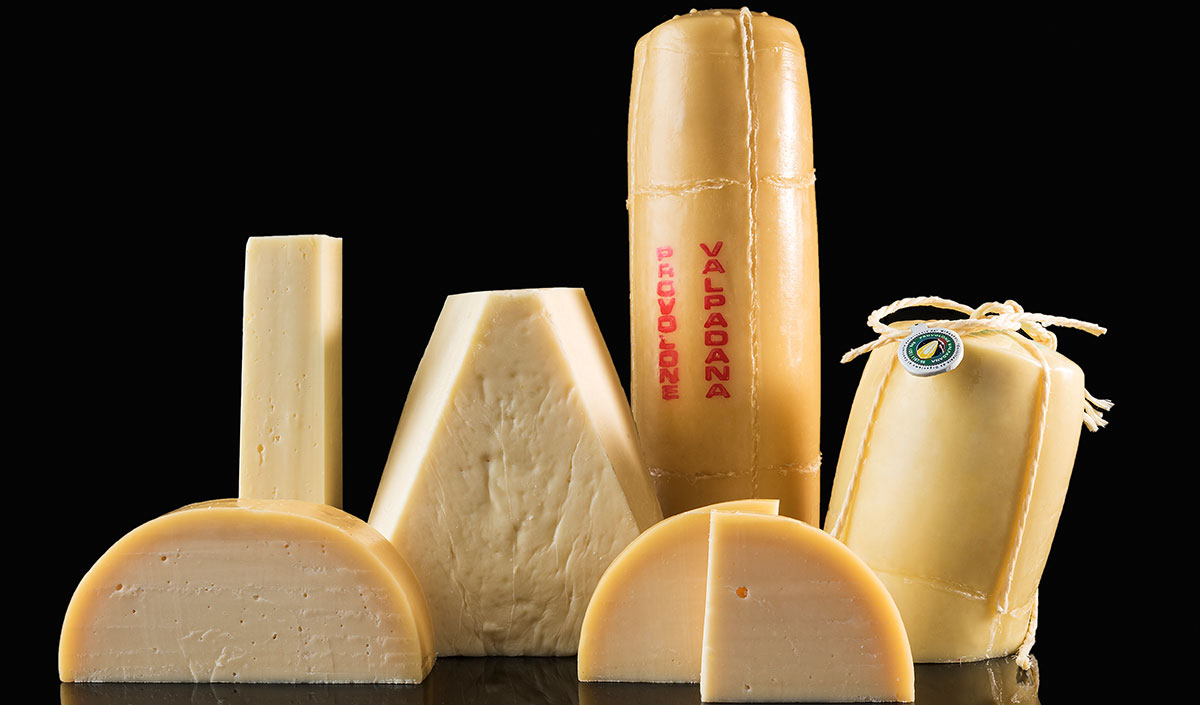
If you are a cheese lover, you can never miss it at home!
You serve it for dinner, during the best aperitifs with friends, or you simply nibble on it during your sudden cravings for something good.
How can you blame me, cheese is a delicious food suitable for adults and children.
In this article we give you some more suggestions to improve its preservation and cutting.
First of all let's start with a curiosity:
Did you know that cheese is, in itself, a preservation method?
Well yes, it seems that dairy products were discovered in the Mesolithic, used precisely to preserve milk for as long as possible in a less perishable form.
How to keep cheeses in the refrigerator
It is not enough to buy cheese and place it in the refrigerator, some precautions must be followed to ensure that different types are preserved in the best possible way.
The preservation method is important because it allows first of all to preserve the original flavor of the cheese for longer but also to avoid unnecessary waste.
The advisable thing to do when you want to store cheese in the refrigerator is to use the drawer biofresh in mode Drysafe.
The Biofresh drawer guarantees a temperature just above 0°C with the possibility of controlling humidity by reducing it to a minimum and thus allowing the cheese to preserve its aroma, appearance and its main characteristics for longer.
The preservation method also varies based on the level of maturation of the cheese, here you can find the relevant instructions maturing of Provolone Valpadana DOP. in sweet and spicy versions.
There are some precautions to observe to best preserve your Provolone Valpadana DOP, such as keeping it away from some "enemies" and taking care of it in the best possible way. Learn more now i conservation methods of Provolone Valpadana DOP.
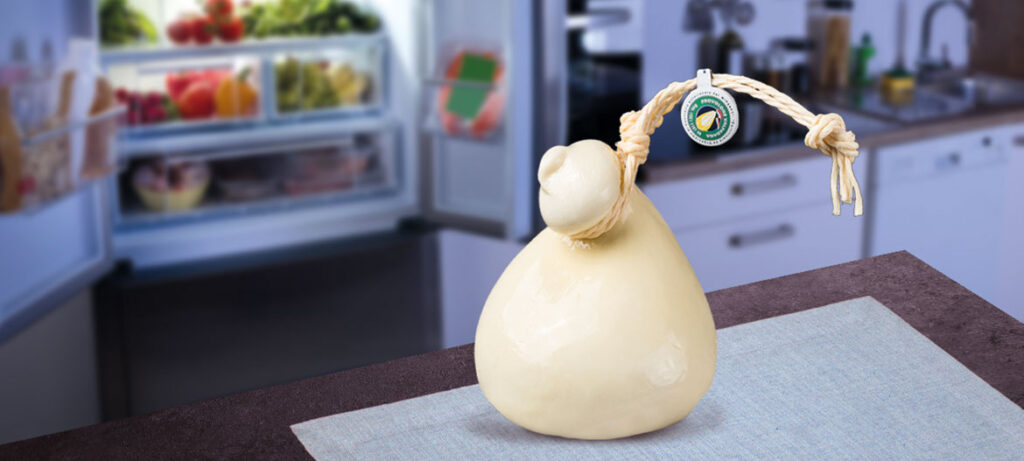
The importance of packaging
However, be careful to place the portions in special cheese packages or Tupperware holders that prevent it from drying out.
Semi-mature cheeses can be safely wrapped in waxed paper, or placed inside plastic containers.
The important thing is that they are able to breathe and that condensation does not form inside the package. Even better, if the packaging is suitable for protecting the passage of odors between the cheese and other foods.
It is different for mature cheeses which require special paper for their preservation. This paper can be requested in the cold cuts departments of any supermarket and serves to prevent direct contact with the air while still allowing the necessary oxygen to pass through.
Soft and creamy cheeses, on the other hand, can easily be left in their original packaging.
How to cut cheese
Cheese, just like other foods, should be removed from the refrigerator and packaging at least twenty minutes before consumption. This is because flavors develop better at room temperature.
This applies to almost all cheeses, paying attention to the type and consistency of the same.
The cut is also important for the success of the presentation of your cheese plate.
Confess that you too, at least once in your life, have come across slices of cheese torn to shreds and shredded roughly.
It happens, especially when you're in a hurry.
During cutting it is easy for the slice to break or stick to the knife and lose its original shape.
When it comes to round cheeses it is best for the cut to start from the center and move towards the edges.
Did you know there is a trick to prevent cheese from sticking to your knife? Simply run it under hot water and then dry it before use.
If, however, the slice of cheese is large, you could first cut it into large slices and then divide them in turn so that it does not break.
Regardless of the various types, cutting the cheese at room temperature is the best advice we can give you so as not to ruin it.
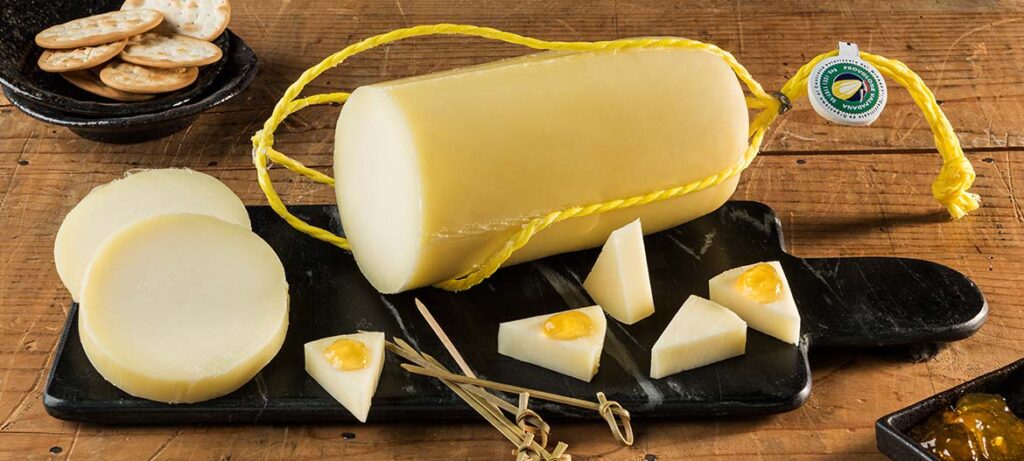
The cheese knives
Since we're talking about cutting cheese, let's get to the bottom of it.
Each type of cheese has a respectable knife, suitable for safeguarding the properties of the food and presenting it to its guests in the best possible way.
There are numerous cutting knives for cheese, but let's look at the three main categories:
- Knives for soft cheeses, with holes in the blade that prevent the cheese from sticking.
- Knives for hard cheeses, with very sharp blades to make a clean cut and in some cases with a kind of fork on the tip to be able to serve them.
- Knives for long-matured hard cheeses, with a shape that recalls a small dagger with a short, pointed blade and which allows you to dig and obtain irregular flakes.
If you are passionate about the topic, you already know what to get as a gift for Christmas or your birthday!
One last gem for your dinner: to bring perfectly preserved cheeses to the table, use wooden cutting boards that absorb excess humidity.
And to enhance the taste even more, pair them with a wine which is right for them.
